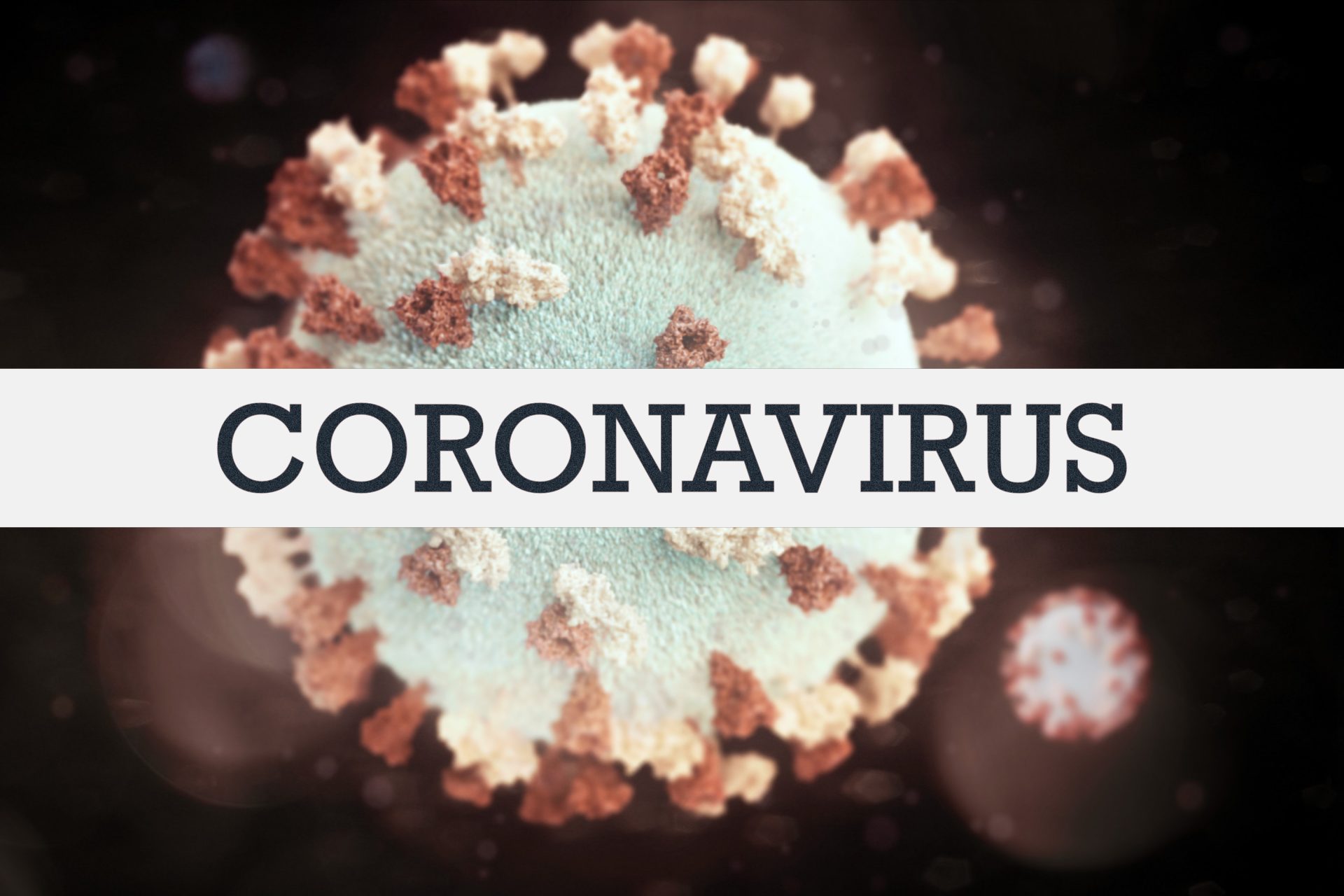Given the scale of this, getting overwhelmed can be easy. The goal in this blog is to provide small but actionable items that mobility management professionals can do to continue supporting their community, their riders, and themselves during this time.
First and foremost, the definition of mobility is radically different than it was quite recently. With a ringing chorus of #flattenthecurve, social distancing and the shuttering of community events, workplaces, and gatherings is now the norm. As a society our biggest weapon against the spread of this disease is limiting contact between our population to slow, reduce, and potentially eliminate the spread. Thankfully, many who are able to do so, have chosen to stay at home, and we are seeing our communities turn in, when possible to reduce our interactions. However, this means we are seeing large reductions in transit trips, and a large increase in delivery needs, particularly for at-risk populations such as adults over the age of 60.
Mobility managers’ roles have always needed to be fluid – shifting to address the changing mobility needs of local riders and community members. Now more than ever, the flexibility, creativity, and empathy that are pillars of this work will be critical to serving your community. For example, transportation services typically help community members travel to get groceries, medications, and other essential supplies. Now, we are asking how can we bring groceries, medications, etc. to the community members. We’ve already heard inspiring stories of rural transportation systems bringing food to quarantined individuals in Michigan, Vermont and New York. Remember, the Section 5310 guidance allows grantees to provide meal delivery too (VI-4, p. 68).
While there is much to learn regarding COVID-19, NCMM has created a list of steps mobility managers can take during this time to support their communities:
Create a unified action plan and leverage community resources and personnel.
Community entities across all sectors are feeling the impacts of COVID-19. It will be critical to leverage both existing and past partners to create cohesive and communal response. As resources are stretched and supply changes, make sure to bring your partners to the table. Looping human services providers with NEMT and local public transit will be critical to brainstorm ideas to share resources and personnel. Unified messaging and resource planning will benefit all.
Support transportation providers who are facing new and unique challenges.
Transportation will continue to play a key role throughout this crisis. Whether in providing essential trips for groceries or dialysis (or in the new realm of food or prescription delivery) transportation will continue to be a critical service for community members. Many transportation providers are facing new questions such as driver safety, how to increase sanitation, or how to prioritize trips Supporting local operators will be critical as we move through these next few weeks. Leveraging that community network will be critical to come up with innovative responses to these challenges.
Share reliable and up to date information.
News and information surrounding COVID-19 is being released at a rapid pace. It is critical to make sure that the information shared is from reliable sources. NCMM recommends consulting Centers for Disease Control and Prevention (CDC) and the World Health Organization (WHO) for official information on COVID-19. Additionally, Politico is tracking State-by-State numbers from the COVID-19 Tracking Project here. For those in the transportation space, check the FTA COVID-19 Resources and FAQs for up to date federal resources and guidance and watch. Public health measures such as the recommended 6-foot distancing or calling into your doctor to check symptoms before traveling in person, are important messages that both mobility managers, and other stakeholders, can promote through various platforms to share with community members.
Innovate the role of mobility in the times of safe distancing.
As mentioned above, community interventions like event closures have an important role in limiting transition, but individual behavior changes are even more important. Consider how you, as a mobility manager, can promote behaviors that further public health initiatives and reduce transmission. As well think about how you can use new partnerships or off the cuff programs to limit social interactions, while still allowing community members to access the goods or services they need.
Reach out when you have questions.
As we all work collectively to make the necessary changes to address the spread of disease and continue our services as much as possible, NCMM will continue to support mobility managers in their efforts. As community challenges and needs become clearer over the next few weeks, please share any questions, concerns, or examples of how you have adjusted your work to address the virus through the survey hosted on our dedicated COVID-19 webpage, in the button below. NCMM will be continuing to focus on this topic, so please continue to check our blog and website for updates and more information.

